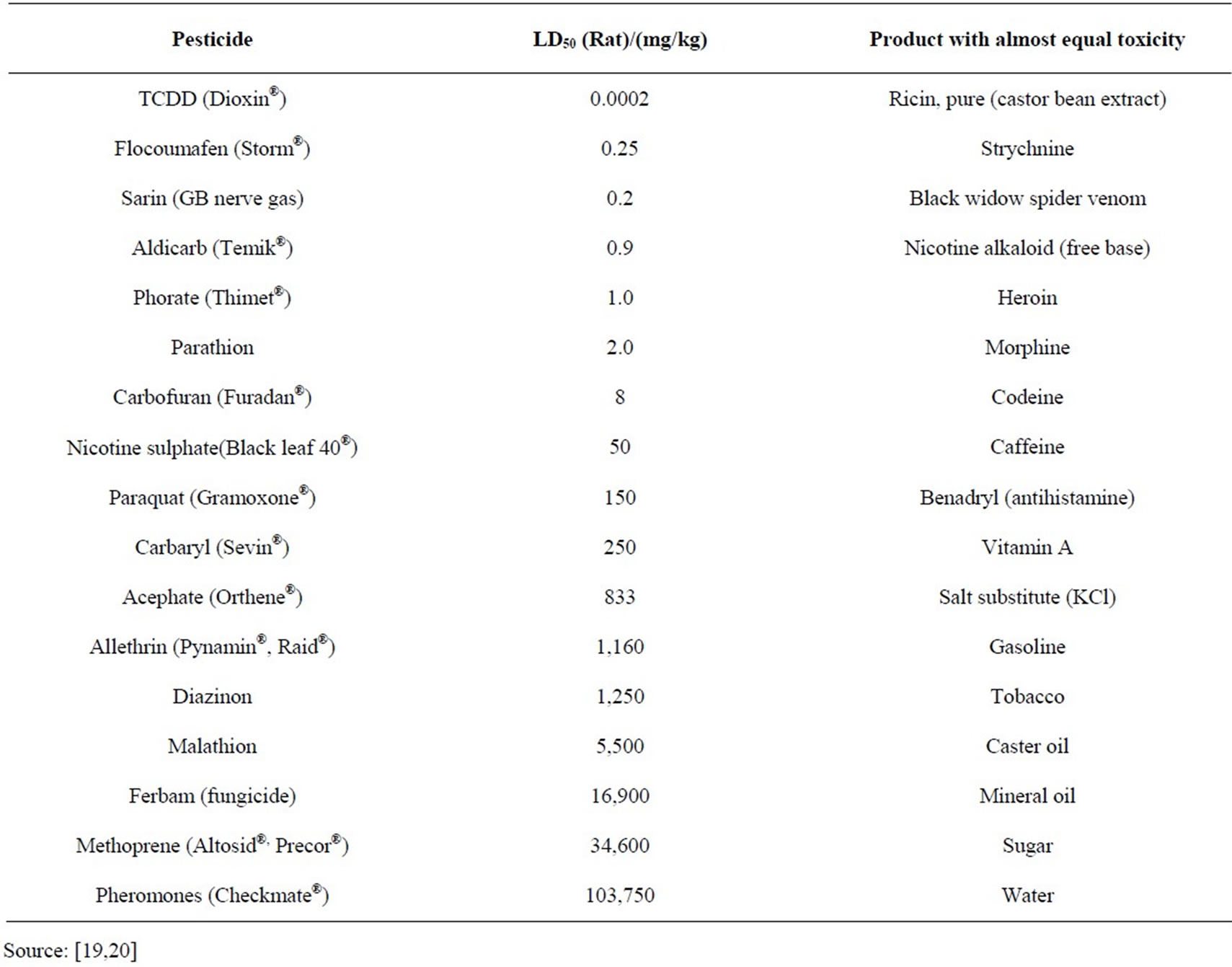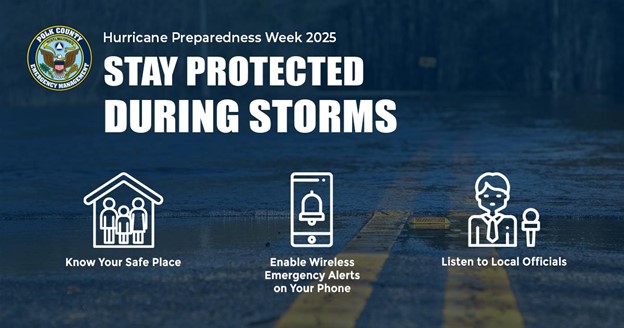Water Contamination in Williams Bay: A Challenge to Sustainable Development Goal 6
A “do-not-drink” order remains in effect for the village of Williams Bay, Wisconsin, after the Department of Natural Resources (DNR) identified unsafe levels of nitrites in the public water system. This crisis directly impacts approximately 3,000 residents, compromising their access to safe and clean water, a fundamental target of Sustainable Development Goal 6 (Clean Water and Sanitation).
Public Health and Community Resilience
Implications for SDG 3: Good Health and Well-being
The presence of nitrites above the maximum allowable level poses a significant public health risk, directly conflicting with the objectives of SDG 3 (Good Health and Well-being). While the immediate health threat has prompted an official advisory, health officials have provided specific guidance:
- Tap water is considered safe for showering.
- Bottled water is recommended for consumption and for cleaning dishes.
- The “do-not-drink” order will remain in place until the water system is confirmed to be safe.
Community Mobilization and SDG 11: Sustainable Cities and Communities
The incident is a critical test of local resilience, a key component of SDG 11 (Sustainable Cities and Communities). In response, the community has organized to mitigate the disruption:
- A daily bottled water distribution center has been established at the Williams Bay School District.
- Local businesses and community members have donated water supplies.
- Emergency funds have been allocated to purchase additional water, demonstrating a collaborative effort aligned with SDG 17 (Partnerships for the Goals).
Institutional Response and Infrastructure Management
Governance and SDG 16: Peace, Justice, and Strong Institutions
In a public meeting, residents voiced concerns regarding governmental oversight, highlighting the importance of accountable institutions as promoted by SDG 16 (Peace, Justice, and Strong Institutions). Village President Adam Jaramillo addressed these concerns, stating that officials had not “dropped the ball” and referenced an ongoing water plan chlorination expansion project scheduled for completion in November.
Remediation Efforts and Water Infrastructure
Official actions are underway to address the contamination and restore safe water access, a critical step toward fulfilling the targets of SDG 6. The remediation process involves several key steps:
- The system is undergoing continuous flushing to remove contaminants.
- Chlorination of water service lines has been initiated to disinfect the system.
- The village is proceeding with a previously scheduled chlorination expansion to improve long-term water infrastructure resilience.
Analysis of Sustainable Development Goals in the Article
1. Which SDGs are addressed or connected to the issues highlighted in the article?
The article on the Williams Bay water crisis directly connects to several Sustainable Development Goals (SDGs) that address health, infrastructure, and governance.
- SDG 6: Clean Water and Sanitation: This is the most prominent SDG, as the core issue is the contamination of the public water supply, denying residents access to safe drinking water. The article’s focus on the “do-not-drink order” and “unsafe levels of nitrites” directly relates to the goal of ensuring the availability and sustainable management of water.
- SDG 3: Good Health and Well-being: The presence of nitrites exceeding the maximum allowed level poses a significant health risk to the population. This situation directly relates to ensuring healthy lives and promoting well-being, as contaminated water can lead to severe illnesses.
- SDG 11: Sustainable Cities and Communities: The crisis highlights a failure in providing essential public services—specifically, safe water—to a community. The article discusses the impact on 3,000 residents and the community’s response, which relates to making human settlements inclusive, safe, resilient, and sustainable.
- SDG 16: Peace, Justice and Strong Institutions: The article touches upon the role and accountability of local government. Residents questioning village leaders at a public meeting (“Our government is responsible for the safety and security of our water and they dropped the ball”) points to the need for effective, accountable, and transparent institutions.
2. What specific targets under those SDGs can be identified based on the article’s content?
Based on the issues described, several specific SDG targets are relevant:
- Target 6.1: “By 2030, achieve universal and equitable access to safe and affordable drinking water for all.” The article demonstrates a clear failure to meet this target for the 3,000 residents of Williams Bay, who currently lack access to safe tap water due to nitrite contamination.
- Target 3.9: “By 2030, substantially reduce the number of deaths and illnesses from hazardous chemicals and air, water and soil pollution and contamination.” The detection of “unsafe levels of nitrites” in the water system is a direct example of water contamination by a hazardous chemical, which this target aims to mitigate to prevent illness.
- Target 11.1: “By 2030, ensure access for all to adequate, safe and affordable housing and basic services…” Safe drinking water is a fundamental basic service. The ongoing crisis, where residents must rely on bottled water, shows a disruption in this essential service for the community.
- Target 16.6: “Develop effective, accountable and transparent institutions at all levels.” The public meeting where residents “voiced concerns to village leaders” and questioned their performance reflects the community’s demand for accountability and transparency from their local government in managing the water crisis.
3. Are there any indicators mentioned or implied in the article that can be used to measure progress towards the identified targets?
The article provides several explicit and implicit indicators that can be used to measure the status of these targets:
-
For Target 6.1:
- Indicator (Implied): Proportion of the population using safely managed drinking water services. The article implies this is 0% for the 3,000 affected residents, as they are under a “do-not-drink order.” The number of people affected (3,000) is a direct measure of the problem’s scale.
-
For Target 3.9:
- Indicator (Mentioned): Concentration of pollutants in the water. The article explicitly states that “lab results showed nitrite levels in the village’s water distribution system exceeded the maximum level allowed.” This measurement is a direct indicator of water quality and health risk.
-
For Target 11.1:
- Indicator (Implied): Proportion of the population with access to essential services. The reliance on “daily bottled water distribution” serves as an indicator of the failure of the primary water service and the implementation of an emergency alternative.
-
For Target 16.6:
- Indicator (Implied): Existence of mechanisms for public engagement and accountability. The article’s mention of the “village Board of Trustees meeting” where “residents seek answers and voice concerns” serves as a qualitative indicator of institutional responsiveness and the public’s ability to engage with officials.
4. Summary Table of SDGs, Targets, and Indicators
| SDGs | Targets | Indicators |
|---|---|---|
| SDG 6: Clean Water and Sanitation | 6.1: Achieve universal and equitable access to safe and affordable drinking water for all. | The number of residents (3,000) affected by the “do-not-drink order,” indicating a lack of access to safely managed drinking water. |
| SDG 3: Good Health and Well-being | 3.9: Substantially reduce the number of illnesses from hazardous chemicals and water contamination. | Measured nitrite levels that “exceeded the maximum level allowed,” indicating chemical contamination and health risk. |
| SDG 11: Sustainable Cities and Communities | 11.1: Ensure access for all to basic services. | The community’s reliance on “daily bottled water distribution,” showing a failure in the provision of the basic service of safe tap water. |
| SDG 16: Peace, Justice and Strong Institutions | 16.6: Develop effective, accountable and transparent institutions at all levels. | The public meeting where residents questioned village leaders, serving as a measure of public demand for institutional accountability. |
Source: tmj4.com







